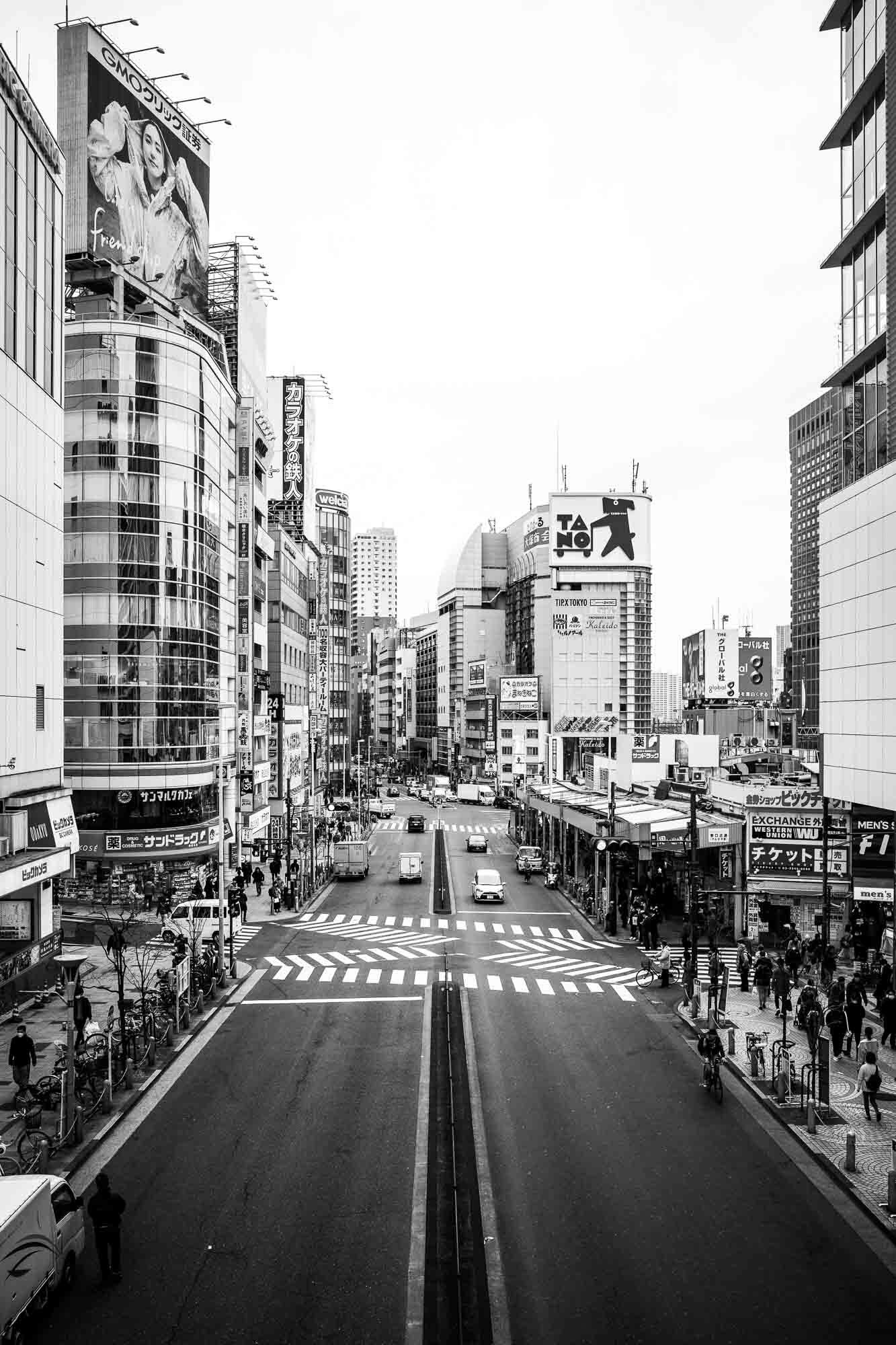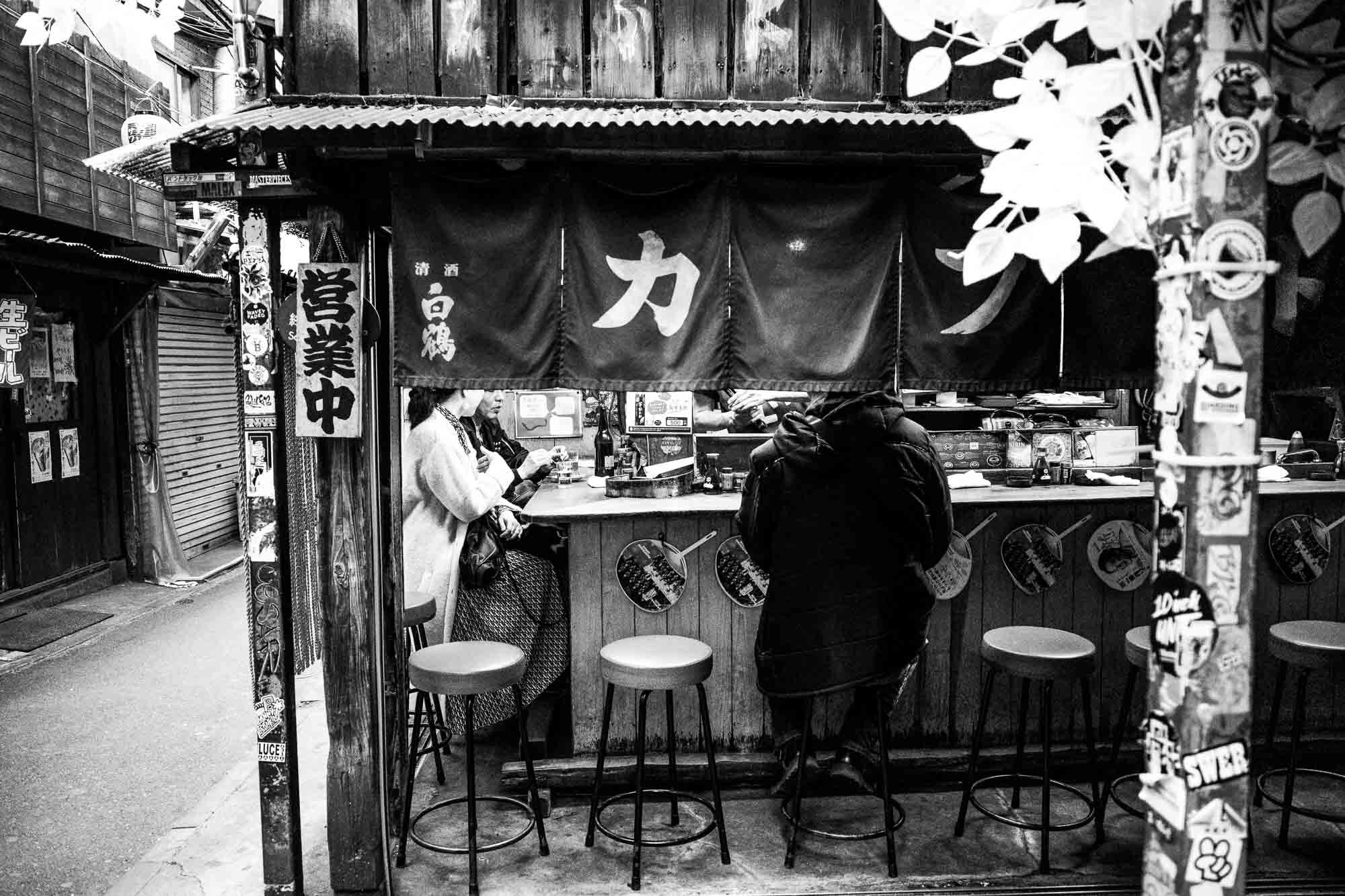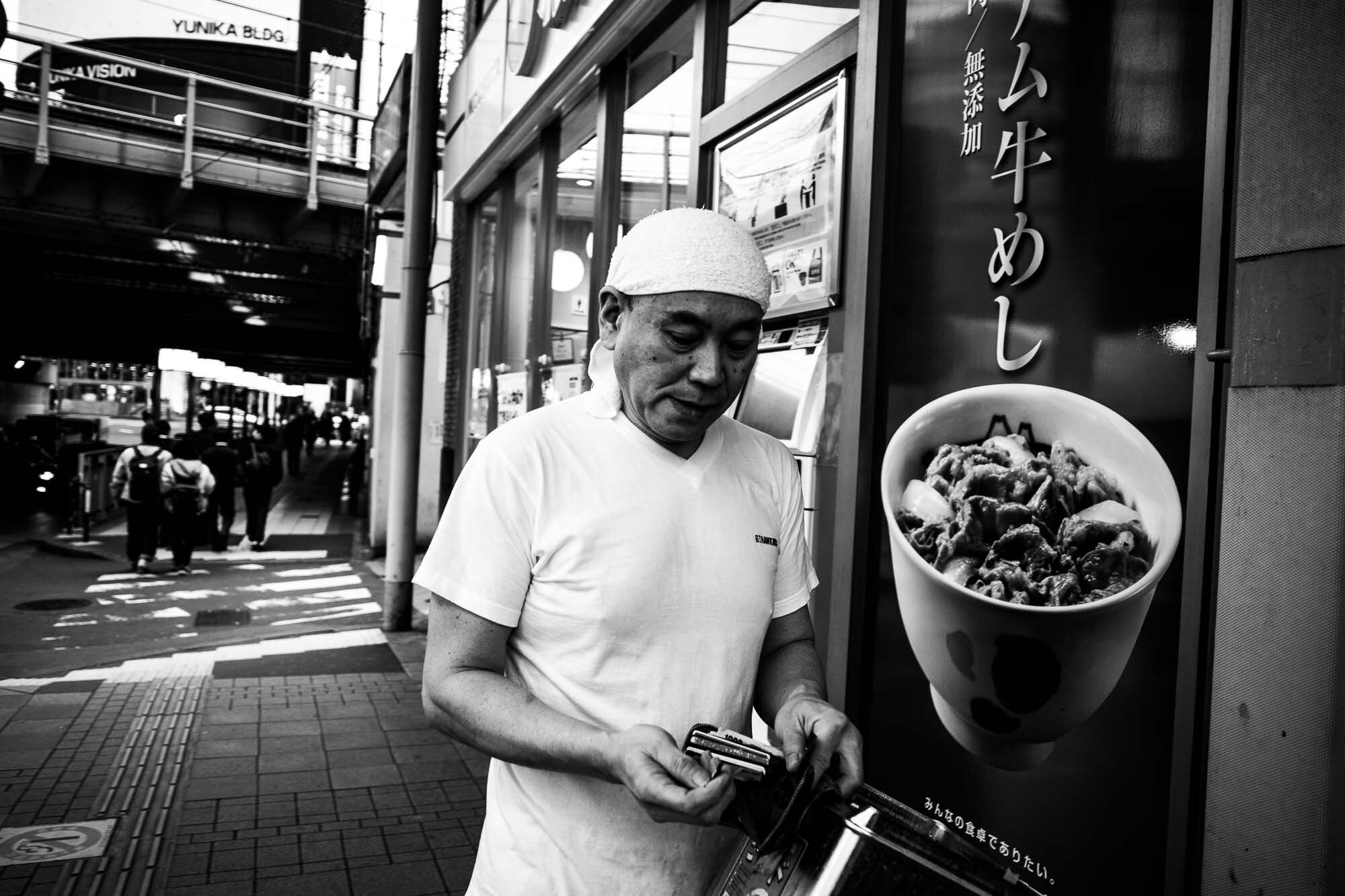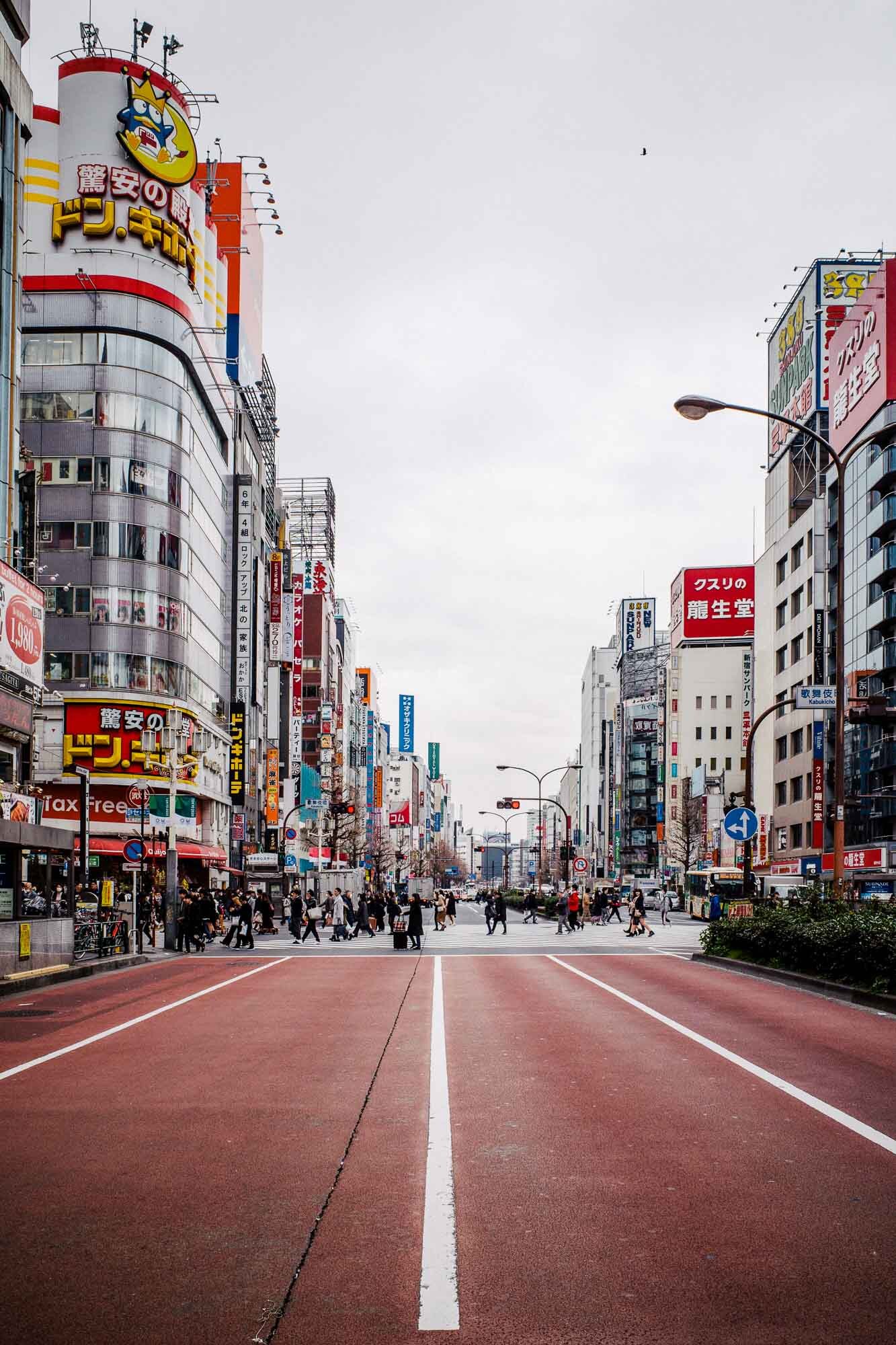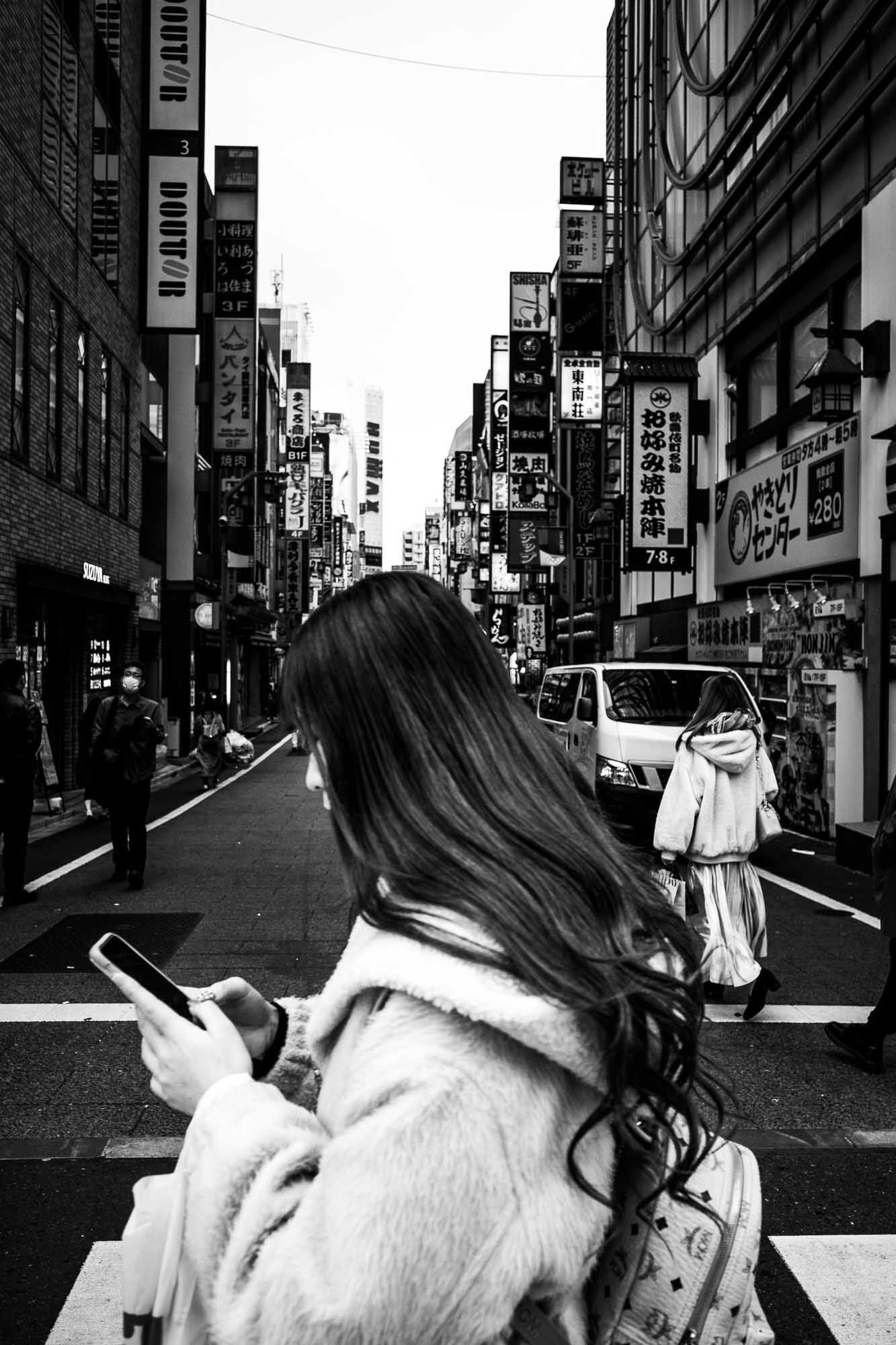It’s been a long time since I last used a premium compact camera. Up until two years ago, I had a Sony RX1, which I have reviewed elsewhere on this site. Since I traded it in to help finance a lens purchase, I’ve been relying on my smartphone on those, albeit rare, occasions when I’ve left home without any of my bigger cameras. But, I’ve been eying the Ricoh GR III since it was first announced. Today, after stumbling across a used one for a reasonable price, I decided to take the plunge. A more comprehensive review will follow later, but for now, here are my first impressions, after using it for a day here in Tokyo.
Build Quality
Just like the other installations of cameras in this series, the Ricoh GR III too feels excellent in hand. The all-metal body feels solid and that it will last for many years of rough use. The only cause for concern is the extending lens and its built-in cap. I guess that this is where most users will eventually start to see issues, either with the extension mechanism itself or perhaps with the thin blades covering the lens -- Those do feel quite fragile. The body has been shrunk a little bit compared to it already minuscule predecessor. Unfortunately, this has come at the expense of the built-in flash. Not that I personally think that I would make much use of it, but I would rather have it there, even if it meant that the body was a tad bigger.
There are two proper control wheels, as well as a somewhat odd rocker-switch, used for setting exposure compensation. I have no issues with it so far, but compared to the route with a thumbwheel at this position, that most other camera manufacturers I’m familiar have been sticking too, this feels quite different.
All the dials and buttons feel good. I have nothing to complain about when it comes to tactility. The shutter release too is soft, and it is easy to sense when the half-press point is reached. One thing I’ve noticed, however, is that I don’t feel that the camera always responds quickly enough once I press the shutter completely. Sometimes it responds right away and captures a photo, but then It also feels as if there are situations when it hesitates for a moment before it takes the picture. It’s not an autofocus issue, as this happens even when focus clearly has been locked at half-press. Perhaps it is some setting that is causing this or some other sort of operational quirk. I certainly need to get to know the camera better before passing any kind of final judgement.
Specs
The GRIII uses a 24-megapixel APS-C sized sensor, and a stabilized one to boot. The addition of stabilization was one of the main reasons why I got so attracted by this camera, as it is a feature that I use often, especially when shooting at night. The increased resolution too, is a big step up, considering that the previous generation was using a much older 16-megapixel sensor. The new sensor is coupled with a redesigned lens. It’s the same 18,3mm focal length (28mm equivalent), and the maximum aperture is still limited to 2.8. While the previous version was never a slouch in the image quality department, I presume that the added resolution would be beyond the limits of the old optics.
After pixel peeping the first batch of photographs I shot with the camera, I can conclude that the lens certainly is up to the task of doing this sensor justice. Photos are sharp out to the corners, compared to Fujifilm’s X100-series, the GRIII is certainly the sharper option. As it was overcast on my first day of using this camera, I haven’t been able to test it out in more challenging situations yet, but rest assured that I’ll do that before writing my full review.
The rear LCD is very sharp and utilizes a refresh rate high enough to make it feel smooth and responsive. New in this iteration is the addition of touch functionality. Still, personally I never use touch controls at all on any of the cameras I currently own, and I doubt that I will find it radically more useful on the GR III.
Handling
Other than a few brief test runs, I’ve never owned a GR camera before, so the user interface and some of the functions are entirely new to me. My first impressions are that everything feels logically placed. The menu system was easy to comprehend, although the purpose of some of the menu options, like “Full Press Snap” is somewhat unclear and lacks any explanation whatsoever. I think I’ll need to use the manual to make the most out of the extensive customizability of this camera.
1/4 of a second, handheld.
I did spend some time exploring the limits of the built-in stabilization, and I can say that it certainly expands the hand-held reliability of this camera considerably. I was able to get pin-sharp results consistently while shooting at ¼ of a second. And even half-second exposures came out sharp regularly. That’s truly impressive and means that this camera will be a perfect companion when I roam the streets of Tokyo at night.
As in the previous iterations, the GR III uses a nearly silent leaf shutter. Meaning that it’s a very stealthy camera that people rarely notice at all, even if you’re using it in a very quiet environment. Combined with the understated design and entirely black camera body, this is about as stealthy as a camera can get. I also appreciate that the rear display can be switched off completely, even though it’s the only way to compose your images -- there’s no built-in viewfinder here.
Autofocus
This has been a bit of a mixed bag. It feels better than the Sony RX-1, but that’s not telling much. So far, shooting in daylight using the centre point autofocus mode, the focus has felt mostly responsive and reliable. I haven’t experienced any apparent weird behaviour yet, but I certainly need to try out the camera more before I can make a more certain assessment. Other reviewers have complained over inconsistent autofocus behaviour once light levels start to drop. I certainly hope this won’t end up ruining this camera for me as I’ve felt inspired and genuinely enjoyed the shooting experience a lot so far. I would go as far as saying that it has the potential to be a long-term keeper, as my first impressions are really, really good.
Image Quality
After giving this first batch of photographs a go in Lightroom, the first impressions of the image quality is very positive. The RAW-files handle well in post-production and there’s plenty of latitude when it comes to adjusting the exposure afterwards, both in the shadows and the highlights. And as mentioned previously, the new lens is certainly capable of getting every bit of sharpness out of the AA-filterless 24-megapixel sensor. I decided to go for a very contrasty black and white editing style in these samples, but rest assured that I will touch more on subjects such as tonality and rendition of skin tones in the full review.
So to conclude, I like the Ricoh GR III a lot so far. Since it’s a new brand for me, there are a handful of things that I’ll need to familiarize myself with, in order to make the most out of this camera. But I’m already looking forward to doing so. A few day trips are currently in the pipeline, and I think I’ll make the GR III the only camera I bring on those. I’ll get back with a full review of this little camera soon.
If this was helpful to you, please consider supporting me by purchasing the Ricoh GR III on Amazon by using my affiliate link. The price will be the same to you, but I will get a small commision from your purchase. Thank you!












